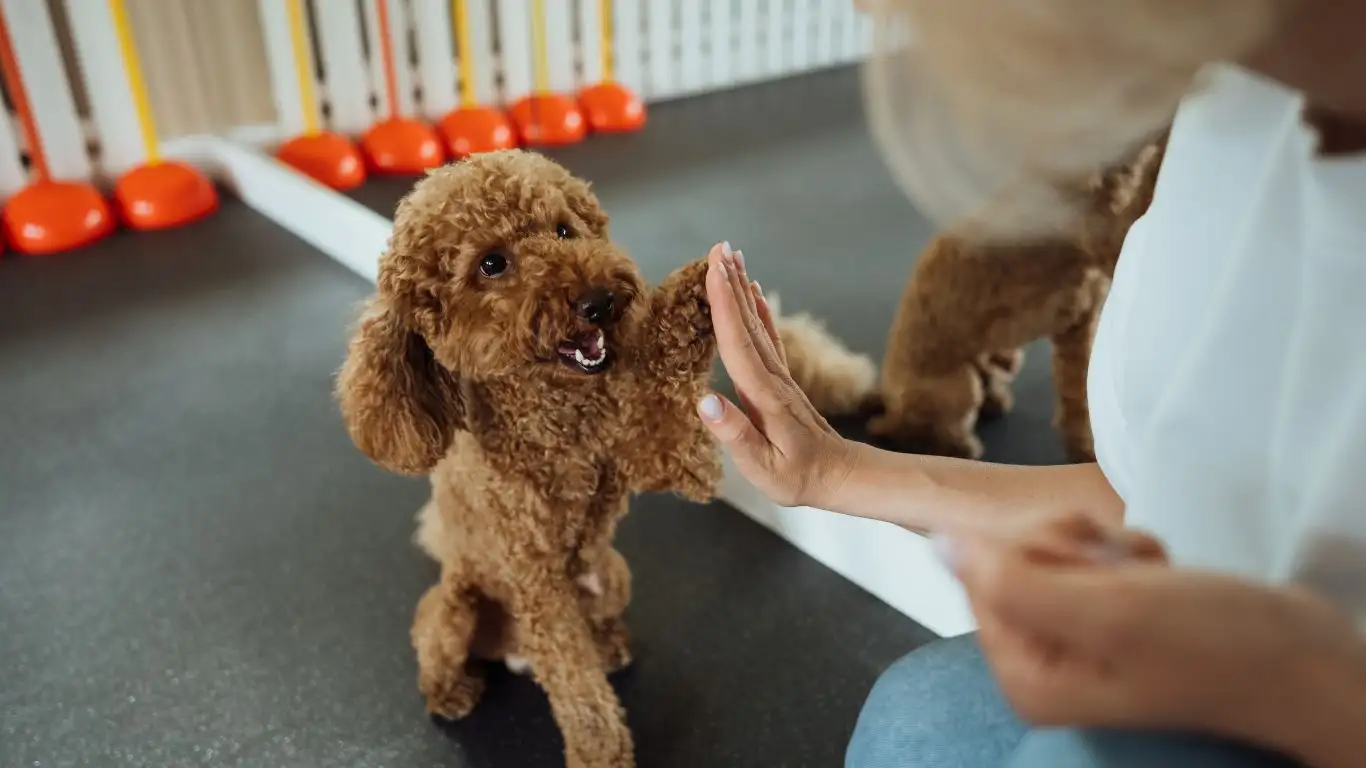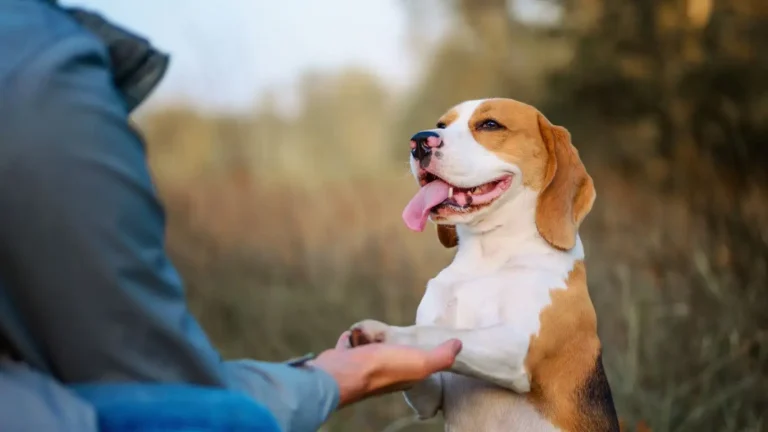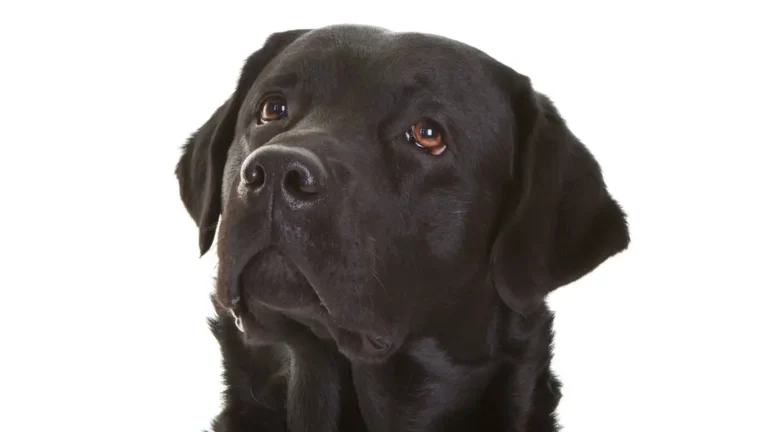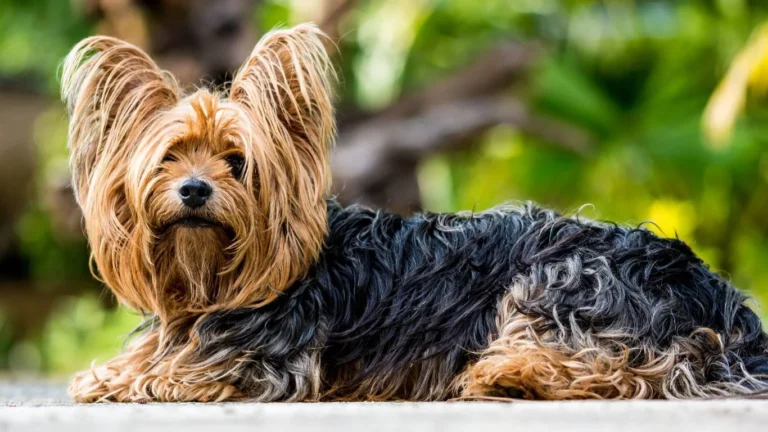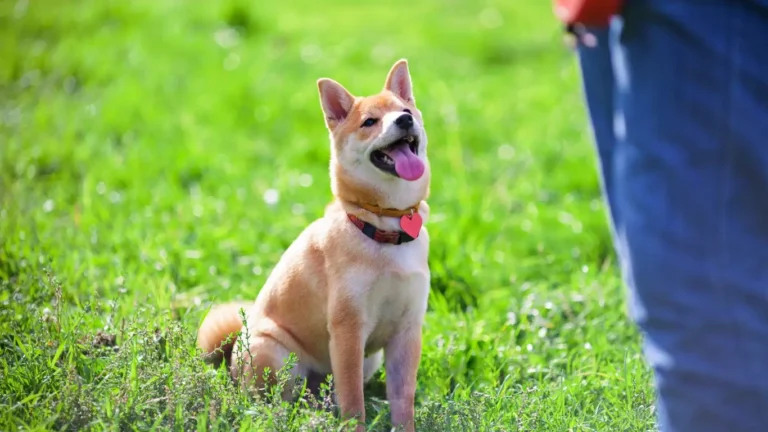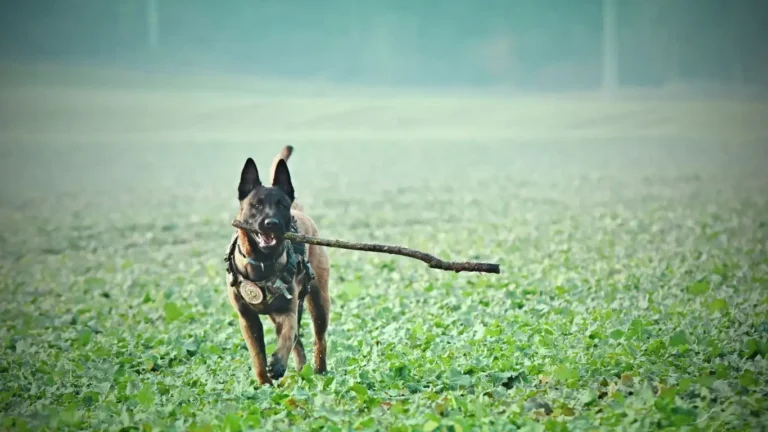Train Your Dog to Stay Calm in Busy Places – Proven Techniques!
Taking your dog to a busy public place can feel like bringing a toddler to a rock concert—overwhelming, chaotic, and downright stressful. But with the right approach, you can teach your furry companion to stay calm and composed, no matter how noisy or crowded it gets. As a Certified Professional Dog Trainer – Knowledge Assessed (CPDT-KA), I’ve helped countless dog parents master this skill. So, if you’re wondering how to train a dog to be calm in busy public places, you’re in the right spot!
Why Some Dogs Struggle in Crowded Areas
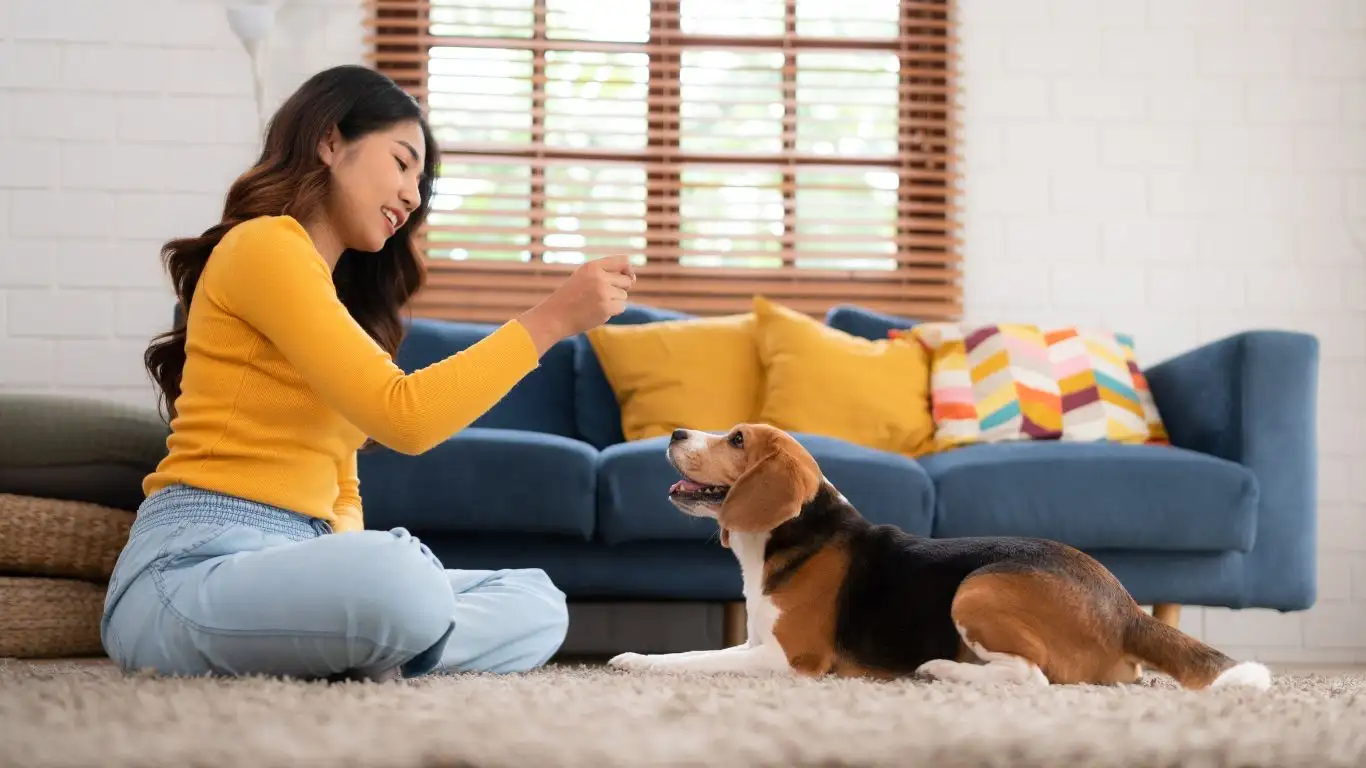
Dogs experience the world differently than we do. Their senses are heightened—what seems like background noise to us can be a sensory overload for them. Here are a few reasons why some dogs struggle in bustling environments:
- Overstimulation: Too many sights, sounds, and smells can make a dog feel overwhelmed.
- Fear or Anxiety: Some dogs are naturally anxious, especially in unfamiliar places.
- Lack of Socialization: If a pup hasn’t been exposed to different environments early on, they may find them scary.
- High Energy Levels: Hyperactive dogs may struggle to settle down in an exciting environment.
Understanding the root of your dog’s behavior is the first step in addressing it. Now, let’s dive into actionable training techniques.
Start with the Right Foundation
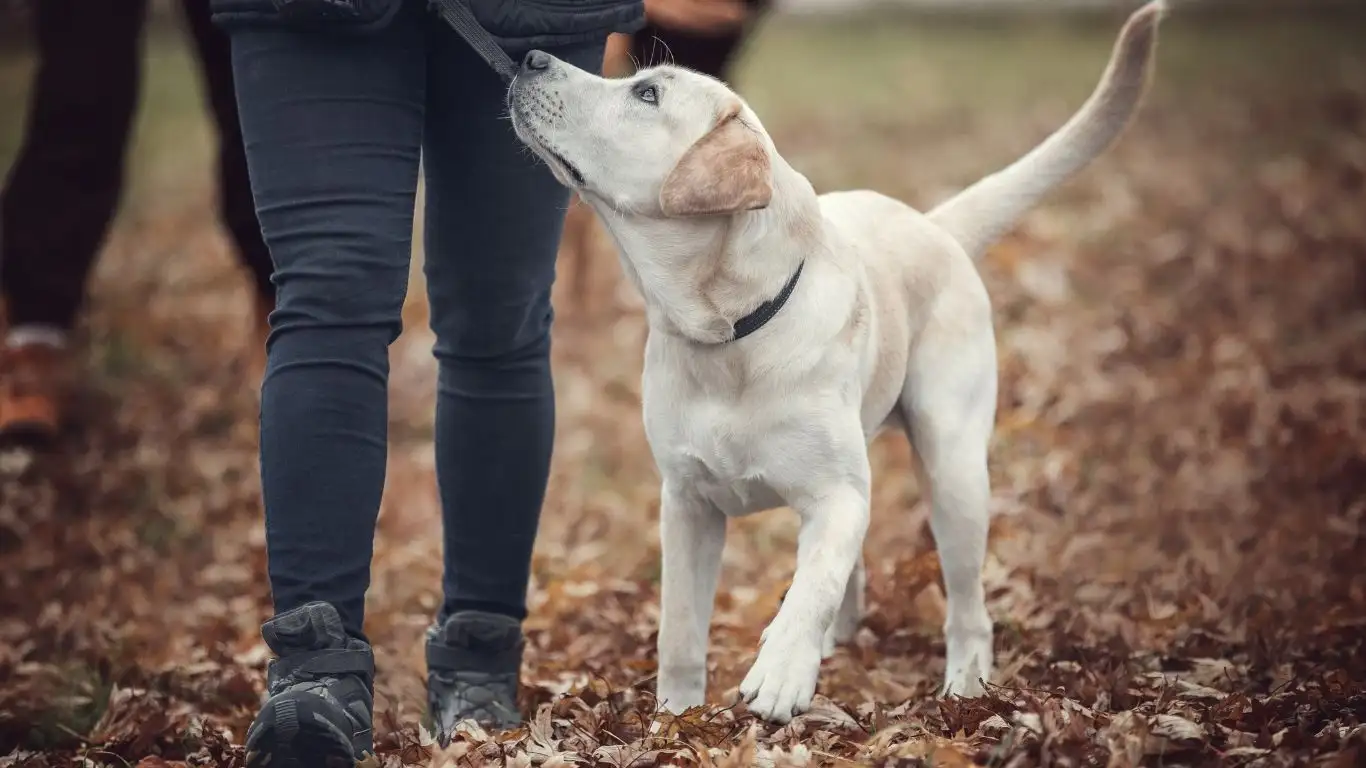
Before expecting your dog to be calm in a chaotic setting, you need to set them up for success. Here’s how to lay the groundwork:
Master Basic Commands
Dogs need a solid foundation in obedience before tackling distractions. Focus on these key commands:
- Sit: Helps redirect their energy and focus.
- Stay: Essential for keeping your dog still in busy places.
- Leave it: Prevents them from reacting to distractions.
- Look at me: Encourages eye contact to keep their attention on you.
Practice these commands in a quiet environment first, then gradually introduce distractions.
Desensitization Training
One of my clients had a Labrador named Max who would panic at the sight of a crowded park. Instead of jumping straight into the chaos, we used desensitization. Here’s how you can do the same:
- Start in a low-distraction environment and work your way up.
- Expose your dog to mild versions of their triggers (e.g., recorded city sounds at home).
- Slowly introduce busier environments while keeping them at a comfortable distance.
Max eventually learned that he didn’t need to panic in crowded areas, and your pup can too!
Introducing Public Spaces Gradually
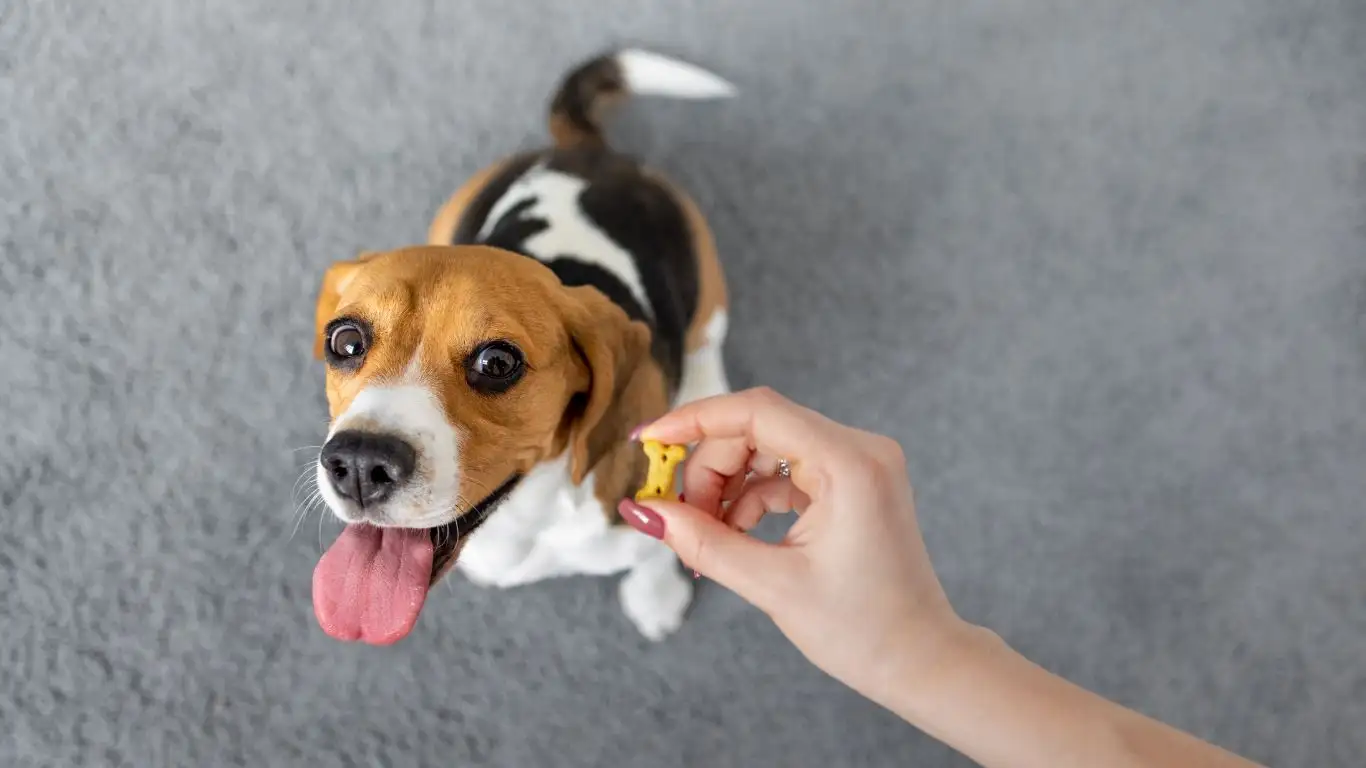
Jumping straight into a bustling market or a crowded street is a recipe for disaster. Instead, take it slow:
Choose the Right Locations
Start with moderately busy places, such as:
- A quiet park with occasional joggers.
- An outdoor café during non-peak hours.
- A pet-friendly store with minimal foot traffic.
Gradually work your way up to busier areas.
Use High-Value Rewards
Dogs learn best when there’s something in it for them. Use high-value treats—something your dog really loves, like freeze-dried liver or chicken.
- Reward them for calm behavior.
- Use treats to reinforce focus on you.
- Make sure rewards are timely—mark good behavior immediately!
Positive reinforcement goes a long way in shaping behavior.
Building Confidence in Your Dog
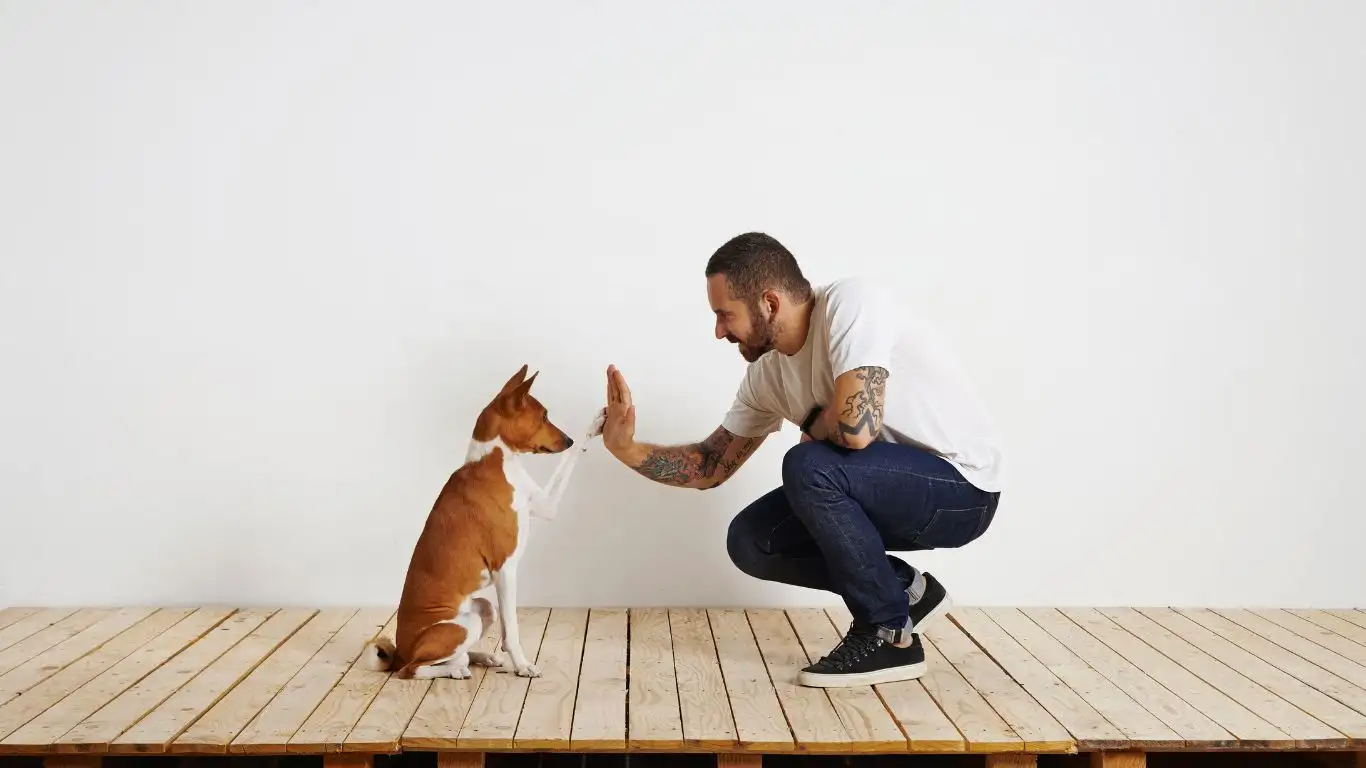
Confidence plays a massive role in how your dog reacts to crowded spaces. A nervous or insecure dog is far more likely to overreact, whether it’s barking, lunging, or trying to escape. Over the years, I’ve found that boosting a dog’s confidence is just as important as teaching commands. Here’s how you can do that:
Encourage Exploration
Dogs gain confidence by experiencing new things in a controlled, positive way. Try introducing your pup to:
- Different surfaces like grass, pavement, gravel, and wooden decks.
- Various sounds, such as traffic, sirens, and crowds—start with recordings at a low volume before moving to real-life situations.
- New people and dogs in calm, low-pressure settings.
One of my clients had a rescue dog named Bella who was terrified of the city. We started small, letting her walk near quiet roads before gradually exposing her to busier streets. Within a few months, she could confidently stroll through a farmer’s market without stress!
Teach a “Safe Space” Cue
Your dog should have a command that signals safety and relaxation. Many trainers use “Place” or “Mat”, where the dog learns to settle on a portable mat. This gives them a familiar comfort zone, even in a chaotic environment.
Here’s how to teach it:
- Choose a comfortable mat or blanket.
- Encourage your dog to sit or lie down on it.
- Reward calm behavior with treats and praise.
- Gradually increase distractions while reinforcing the behavior.
Once mastered, you can bring the mat to public places and use it as a signal for relaxation.
Handling Unexpected Situations
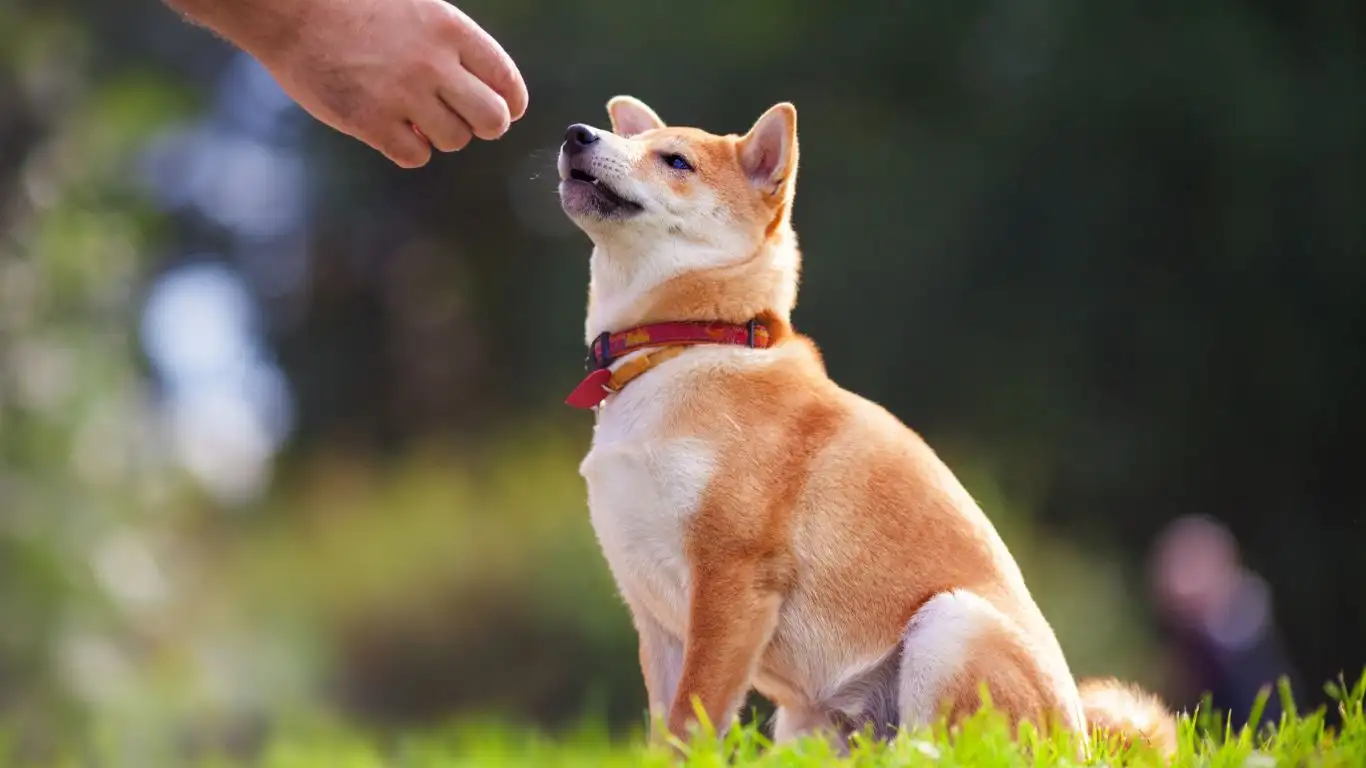
No matter how much training you do, unexpected things happen. A loud motorcycle, a sudden crowd, or an off-leash dog rushing up can throw even the best-trained pup off balance. The key is knowing how to respond.
Use a “Reset” Routine
When I work with reactive dogs, I teach a quick “reset” routine for overwhelming moments. It’s a simple sequence that refocuses the dog and gives them something familiar to do:
- Step 1: Move a few steps away from the distraction.
- Step 2: Ask for a known command like “Sit” or “Look at me.”
- Step 3: Reward with a treat or praise.
- Step 4: Resume the walk or activity at a comfortable pace.
Dogs thrive on predictability, so having a reliable reset routine keeps them from spiraling into panic mode.
Recognizing Stress Signals
Dogs communicate discomfort in subtle ways before things escalate. Knowing the early signs of stress can help you intervene before your dog reacts:
- Yawning or lip licking: Common signs of mild anxiety.
- Whale eye (seeing the whites of their eyes): A sign of unease.
- Panting (when not hot): Can indicate stress.
- Sudden sniffing or avoidance: Your dog may try to distract itself from discomfort.
Whenever I see a dog showing these signs, I take a break, offer reassurance, and adjust the situation to set them up for success.
Using the Right Gear for Public Training
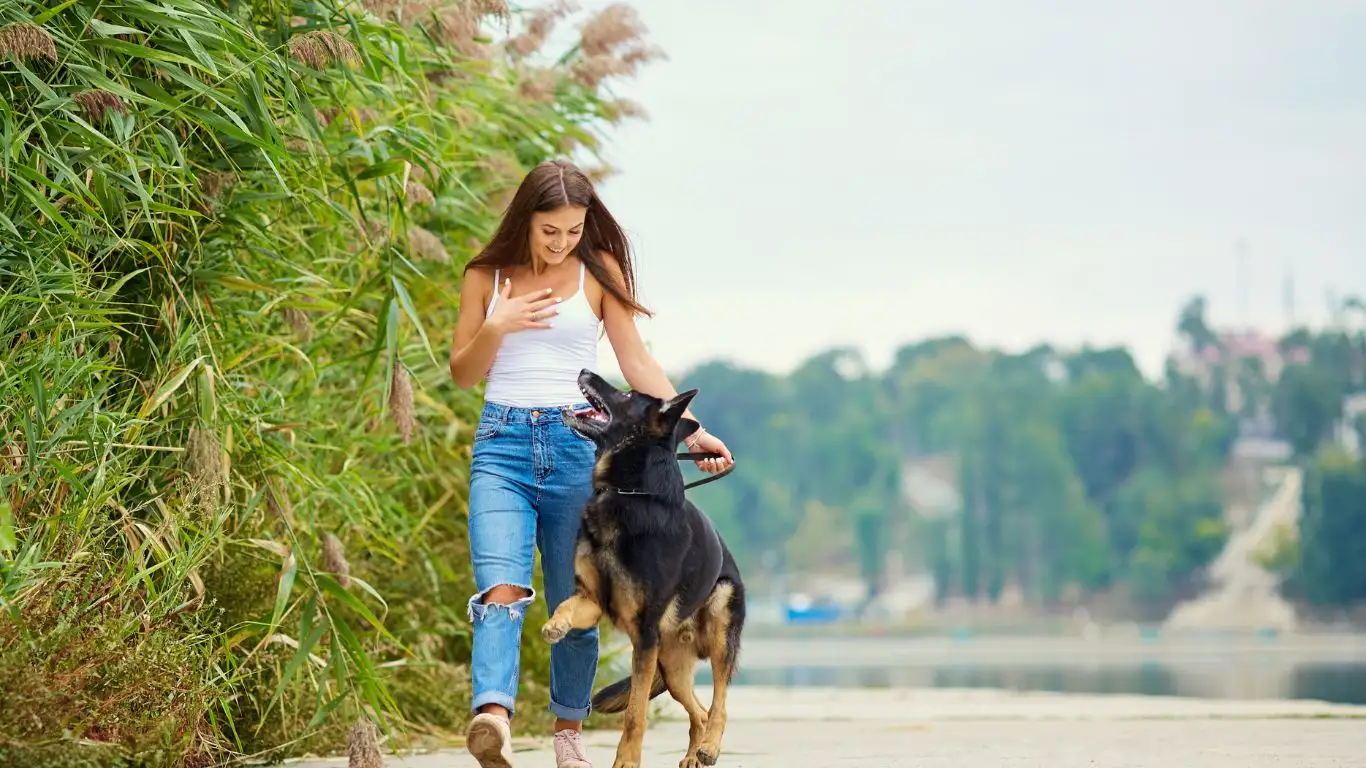
Proper equipment can make a world of difference in your dog’s ability to stay calm. I always recommend gear that gives control without causing discomfort.
Best Tools for Public Training
Here are my go-to tools for training dogs in busy places:
- Front-clip harness: Prevents pulling and gives you more control.
- Head halter: Helpful for dogs that need extra redirection.
- 6-foot leash: Gives enough freedom without losing control.
- Training treats pouch: Makes rewarding good behavior quick and easy.
One mistake I see often is using retractable leashes in busy areas. They don’t provide enough control and can lead to dangerous situations.
Choosing the Right Time for Training
Timing is everything when introducing your dog to new environments. Start when distractions are minimal and work your way up.
Here’s a step-by-step approach:
- Early mornings or late evenings: Less crowded, making it easier for your dog to focus.
- Weekdays over weekends: Parks and public spaces tend to be quieter.
- Gradual increases in exposure: Start with short visits and increase the duration as your dog becomes more comfortable.
By being strategic about training sessions, you set your dog up for success rather than stress.
Fine-Tuning Your Dog’s Behavior in Public
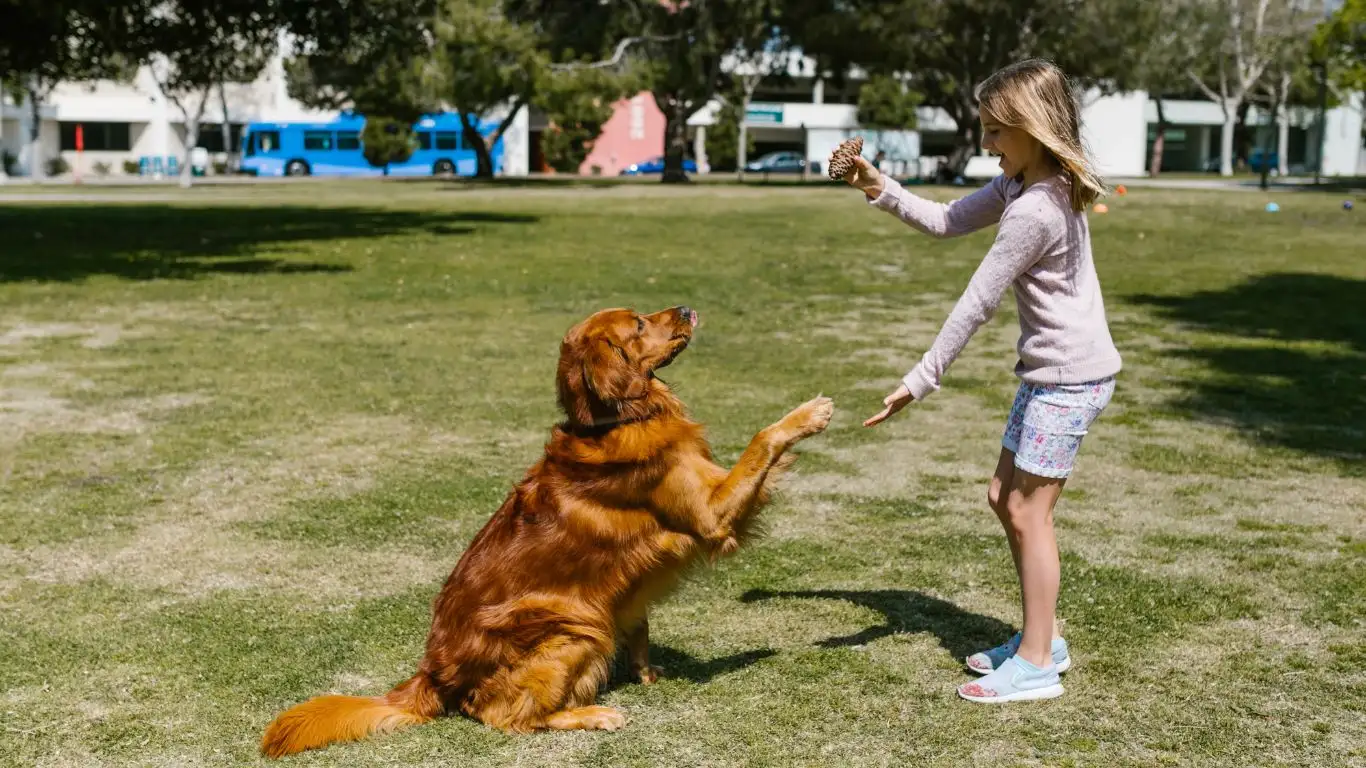
By now, your dog should be more comfortable in public spaces, but training never truly stops. Fine-tuning their behavior ensures they remain calm in any situation. Over the years, I’ve seen that even well-trained dogs can have off days, so consistency is key.
Practice Short “Calm” Sessions
Instead of only taking your dog to public places for long outings, incorporate short, controlled sessions into your routine:
- 5-10 minute sessions: Quick exposure reduces stress and reinforces good behavior.
- One distraction at a time: If your dog struggles with crowds, work on that before introducing loud noises.
- Stay relaxed: Your energy affects your dog—if you stay calm, they’re more likely to mirror your behavior.
For one of my clients, a Border Collie named Finn, shorter sessions made a huge difference. Instead of an hour at a busy park, we started with 10-minute visits, gradually increasing his exposure.
Use “Pattern Games” to Reduce Reactivity
Pattern games, originally developed by trainers like Leslie McDevitt (Control Unleashed), create predictable sequences that help dogs feel safe in unpredictable environments. Try this simple one:
- Say “One” and take a step forward.
- Say “Two” and give your dog a treat.
- Repeat the pattern while moving through a busy area.
This game builds focus and reduces anxiety by creating a structured, rewarding routine.
What to Do When Your Dog Struggles
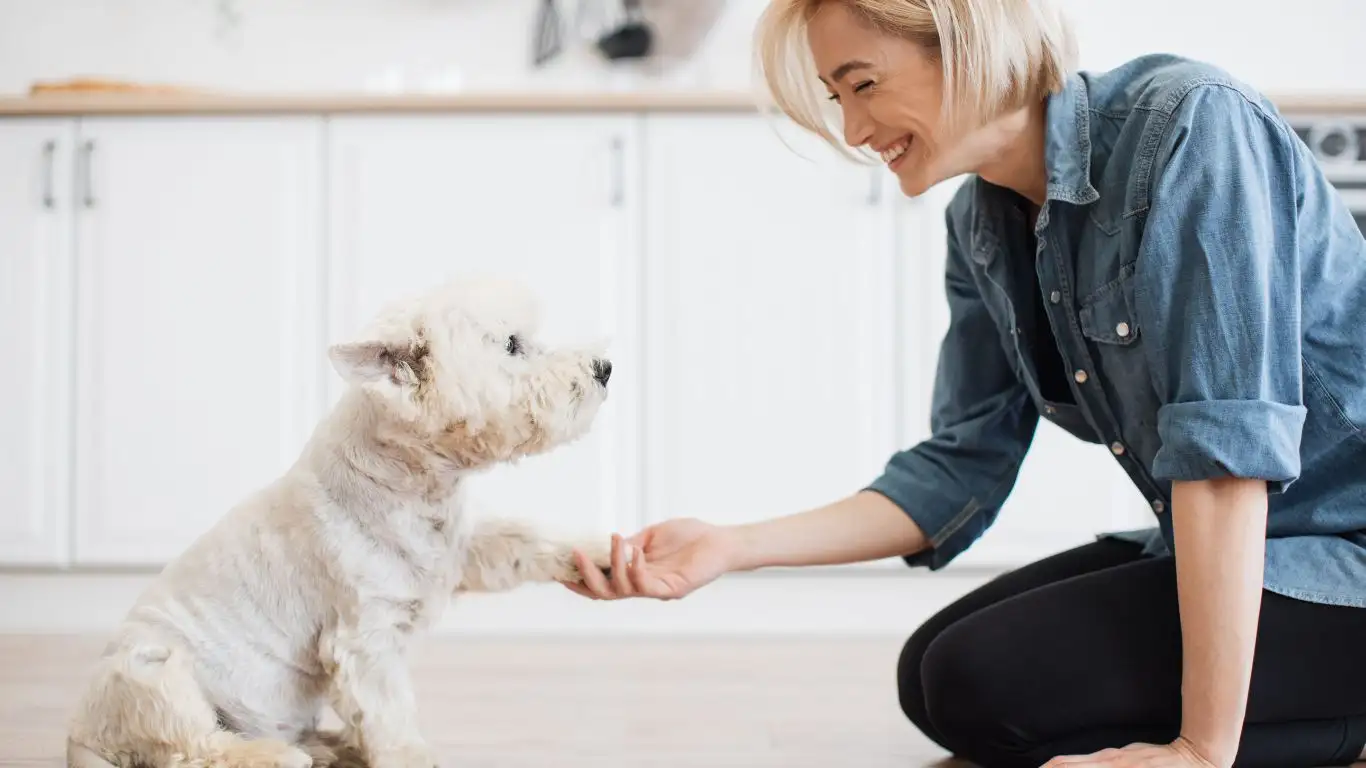
No matter how much training you’ve done, setbacks happen. Maybe your dog suddenly barks at a skateboarder or refuses to walk past a noisy crowd. When that happens, don’t panic—adjust and support them.
Take a Step Back
If your dog becomes overwhelmed:
- Increase the distance from the trigger.
- Give them a moment to regain composure.
- Use a known command like “Look at me” to redirect their focus.
One time, a Golden Retriever I was training named Daisy got startled by a street performer. We simply walked to a quieter spot, let her relax, and then returned at her own pace. No need to rush—small wins lead to lasting success.
Recognize When It’s Too Much
Sometimes, a situation may be too intense for your dog. If you notice:
- Excessive panting (not heat-related).
- Persistent avoidance (turning away, refusing to move).
- Shaking or excessive yawning.
It’s okay to call it a day and try again later. Forcing them to stay in an overwhelming situation can make future outings even harder.
Maintaining Progress for the Long Term
Consistency is what transforms training into a lifelong habit. Here’s how to keep your dog’s progress going:
Keep Public Outings Part of Their Routine
Dogs need ongoing exposure to stay comfortable in busy places. Aim for:
- 2-3 outings per week: Helps reinforce calm behavior.
- Vary the locations: Different settings prevent them from getting too dependent on one environment.
- Occasional “easy” days: Give them stress-free outings in quieter places.
Continue Rewarding Good Behavior
Just because your dog is improving doesn’t mean you should stop rewarding them! Keep using positive reinforcement, even if it’s just verbal praise or a quick treat for staying calm.
Final Thoughts
Training your dog to be calm in busy public places takes time, patience, and consistency. By building their confidence, using structured training, and adapting when needed, you’ll set them up for success in any environment. Remember, every dog learns at their own pace—celebrate the small victories, and enjoy the journey together!
References
- Control Unleashed – Pattern games for reactive dogs
- American Kennel Club – Obedience training and canine behavior
- ASPCA – Understanding dog body language and stress signals
Disclaimer
This article is for informational purposes only and should not replace professional advice from a certified dog trainer or behaviorist. If your dog exhibits extreme fear, aggression, or anxiety, consult a qualified expert.
